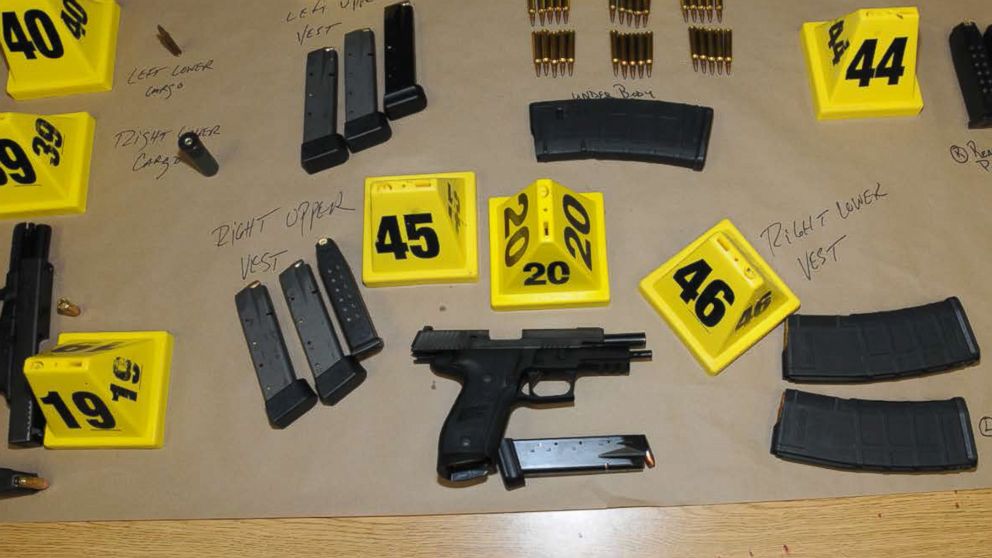US Active-Shooter Cases Spike at a 'Troubling' Rate
The FBI reports 1,043 casualties from 160 "active shootings" in 13 years.

— -- "Active-shooting" incidents in the United States that include deadly mass shootings have increased in frequency, according to an FBI study of the 160 such attacks in the country between 2000 and 2013.
“During the first 7 years included in the study, an average of 6.4 incidents occurred annually,” the report notes. “In the last 7 years … that average increased to 16.4 incidents annually.”
In a pad-and-pencil briefing with reporters today, FBI Assistant Director James F. Yacone called the acceleration of such incidents “troubling.”
An active shooter is defined as one or more individuals with a gun "actively engaged in killing or attempting to kill people" in a populated area.
The comprehensive study will provide an important “baseline” that will help the FBI and state and local police respond to the shootings and, in some cases, even prevent them, he added.
The study found there have been active-shooting incidents in 40 of the 50 states and the District of Columbia, and they occur in big cities, small towns and rural areas. While most took place in business or school environments, there were also armed attacks in military and other government property, health care facilities and houses of worship.
The FBI study reports a total of 1,043 casualties in the 160 active shootings: 468 people were killed, and 557 wounded, excluding the shooters. In the 45 incidents in which law enforcement officers were able to engage the shooter, nine officers were killed and 28 wounded. Only 64 of the 160 active-shooting cases meet the criteria for “mass shootings," which is defined as three or more killed in a single incident.
Yacone said that the FBI is helping local law enforcement with advanced equipment and training for confronting the attackers.
“We know that the FBI, we’re not going to be the first responders.” Yacone said. “It’s going to be our state, local, college-campus and tribal partners that are going to be those first responders. And these incidents, the large majority of them are over in minutes.”
That is perhaps the most striking finding in the study: in 64 incidents where the duration of the shooting could be determined, 44 shootings -- or 69 percent – were over in five minutes or less. The report notes that “even when law enforcement was present or able to respond within minutes, civilians often had to make life and death decisions …”
Indeed, there were 21 shootings in which unarmed citizens safely restrained the shooter, with 11 of those incidents involved school staff and students.
“We're trying to push out lessons learned and best practices,” Yacone said. “Not just to law enforcement, who are going to be the first responders to this. But to the citizens. run, hide, fight, being a simple message that resonates with this.”
The study did not focus on the motivation of the shooters, but found that in all but two incidents, the shooter acted alone. In school shootings, the gunman was usually a student or former student of the school. In the 160 shootings, only six female shooters were identified.
“Many [shooters] have real or perceived personal grievances, and believe that only catastrophic violence can provide them with relief,” Andre Simons of the FBI’s Behavioral unit said.
In the majority of the cases – 56 percent -- the shooting incident ends when the gunman fled the scene, or killed himself.
Simons says the real mission is to stop active-shooting incidents before they happen, and law enforcement needs the public’s help to do that. He said that is starting to happen as awareness rises about such shootings. He said the FBI received three to four referrals a week regarding potential shooters who have been flagged by someone around them as being deeply troubled, and openly talking about violence.




